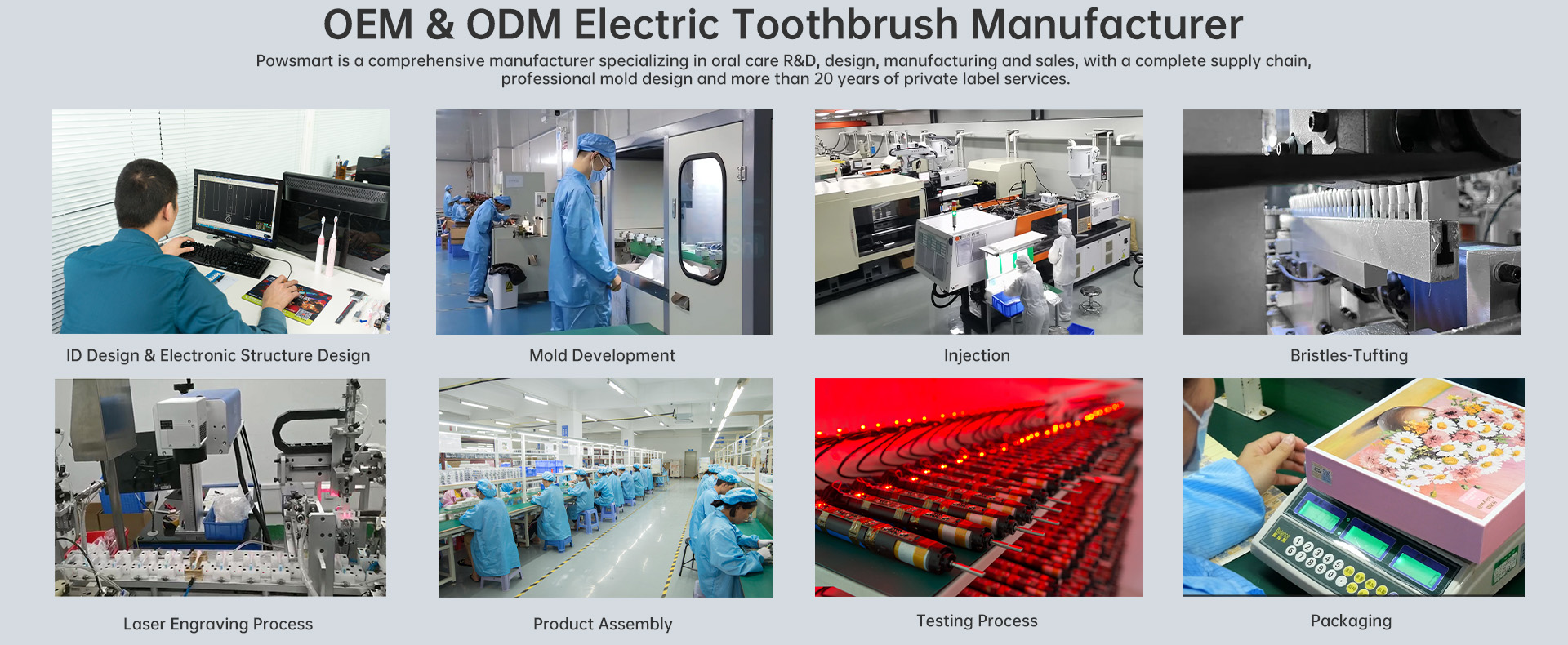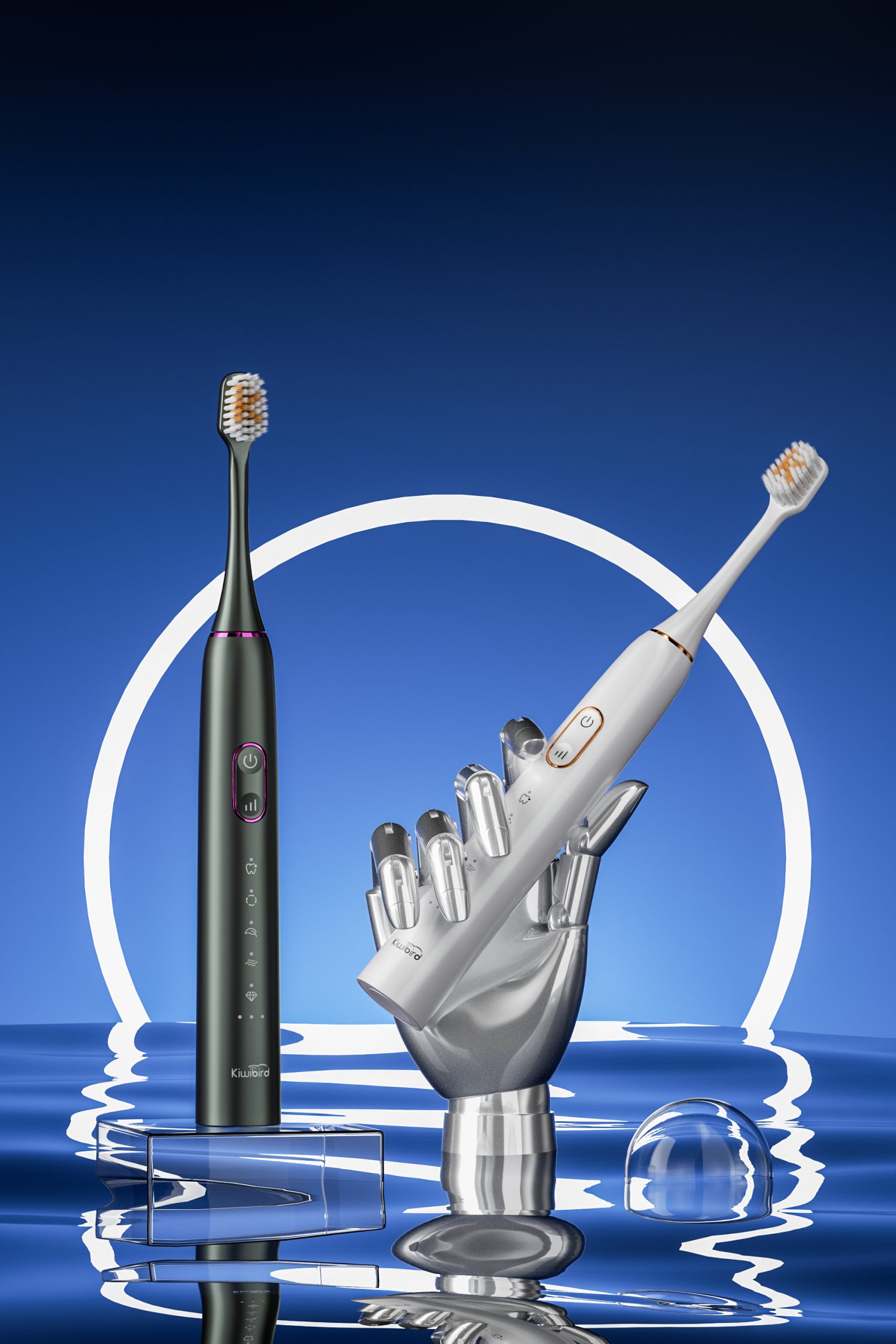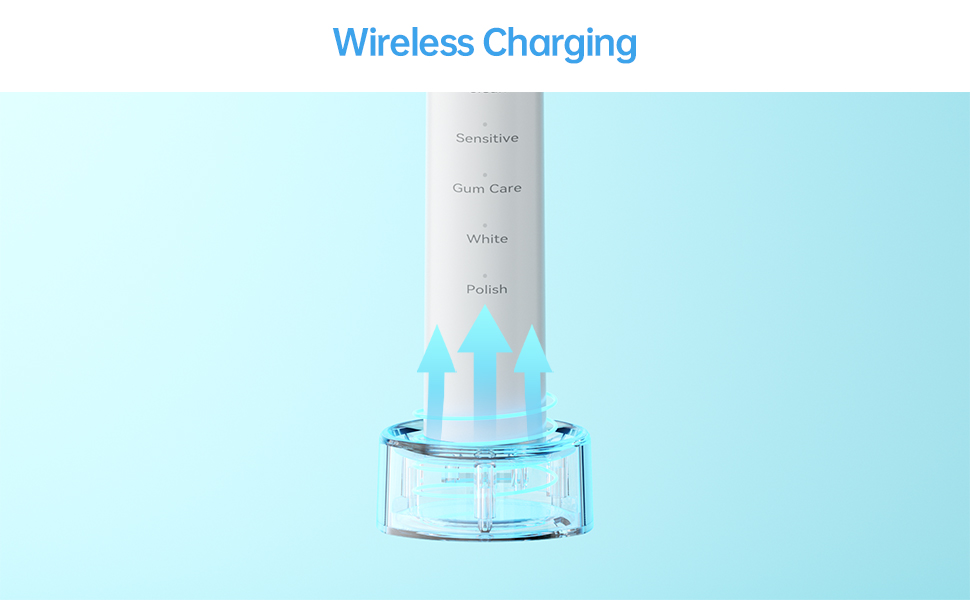In the competitive oral care device market, product performance and user comfort go hand in hand. One of the most crucial factors affecting both is the Customization of oral irrigator. The typical range of 1400–1800 pulses per minute is known for effective plaque removal and interdental cleaning. However, higher pulse frequencies often come at the cost of increased noise, which negatively impacts user experience. In this blog, we explore how manufacturers can balance effective pulse water pressure adjustment with low noise motor solutions, while considering different user sensitivities such as the need for a gum sensitivity mode.
Studies and user feedback have shown that the optimal pulse frequency for most oral irrigators lies between 1400 and 1800 times/minute. Within this range:
1400–1600 times/min offers a more comfortable experience, ideal for beginners or users with sensitive gums.
1600–1800 times/min provides a more aggressive cleaning action, suitable for experienced users and those with orthodontic needs.
Thus, Customization of oral irrigator is not just a marketing feature—it’s an engineering necessity to cater to varied user needs.
Beyond frequency, pulse water pressure adjustment is key to delivering a personalized oral care experience. Adjustable pressure settings allow users to:
Control water intensity for gum comfort.
Reduce the risk of over-irrigation or discomfort.
Tailor the cleaning level according to time of day or oral condition.
For B2B buyers such as dental brands or distributors, offering devices with multiple pressure modes boosts product differentiation and market competitiveness.
Higher frequencies typically require faster motor operation, which often increases vibration and noise. This creates a challenge: how to maintain cleaning effectiveness without compromising quiet operation.
A key solution is the development of a low noise motor solution, such as:
Brushless motors with noise-reducing bearings.
Sound-damping housing materials.
Optimized impeller design to reduce water turbulence.
Investing in low noise motor solutions enhances the premium feel of the product and supports usage in shared living spaces or nighttime routines.
Many users suffer from bleeding gums, post-surgery healing, or orthodontic sensitivity. Including a gum sensitivity mode in product design is now essential. This mode typically features:
Lower pulse frequency (e.g., 1200–1400 times/min).
Reduced water pressure.
Gradual frequency increase to help users adapt.
By integrating gum sensitivity mode, manufacturers can broaden their user base and align with dental health recommendations.
To stay competitive in the rapidly evolving oral care market, manufacturers must focus on flexible, user-centric design. Key features like water flosser frequency customization, pulse water pressure adjustment, low noise motor solutions, and gum sensitivity modes are no longer optional—they’re expected.
The balance between performance and comfort will define the next generation of oral irrigators. By investing in modular design, adaptive motor control, and sound optimization, B2B partners can deliver superior products that meet both functional and emotional needs of end users.

The Teeth Whitening Market Is Booming: How Can Brand Owners Connect with Reliable Teeth Whitening Device Factories?

How to Create High-premium Oral Care Products through the Concept of “Treating Yourself Well”?
.jpg)
What’s the Gentlest Brush for Gums?
Quiet Electric Toothbrush for Night Use – OEM Supply for Hotels & Wellness Brands
Waterproof Failure Causing Material Toxicity? A Silent Risk in Oral Care Manufacturing

Does the 40000 Strokes/Min Sonic Brush Trigger Gum Recession?

Long-Lasting Smart Toothbrushes: 90–250 Days Battery Life for Bulk Buyers
.jpg)
Does POWSMART Kids Electric Toothbrush Contain Material Toxicity?
.jpg)
Key Points for Customized Water Flosser Nozzle: Food-Grade Silicone vs. PP Material and Antibacterial Structure Design
Brush Shedding with Sensor Failure? What B2B Buyers Must Know!

Want Electric Toothbrush Industry Insights for a Thorough Electric Toothbrush Competitor Analysis?
.jpg)
sonic electric toothbrush Montgomery
Material Degradation Releasing Chemical Residue? Hidden Hazards in Oral Care Devices
Does a Water Flosser Require Regular Maintenance? How Should It Be Cleaned?
.jpg)
Gum Care Electric Toothbrush Manufacturing – Clinically Proven Oral Care
Do Water Flosser Battery leakage and Overheat Dangerously?

Private Label Whitening Gel

electric toothbrush heads Ultra Soft
.jpg)
Florida Electric Toothbrush – Powsmart PTR-C8

electric toothbrush heads Regular Clean

Electric toothbrush heads Charcoal Infused-Diamond

electric toothbrush heads Charcoal Infuse-Round

electric toothbrush heads Deep Clean

Customization Teeth Whitening Gel
whstapp
whstapp
National Toll-Free Service Hotline
+86 755 86238638